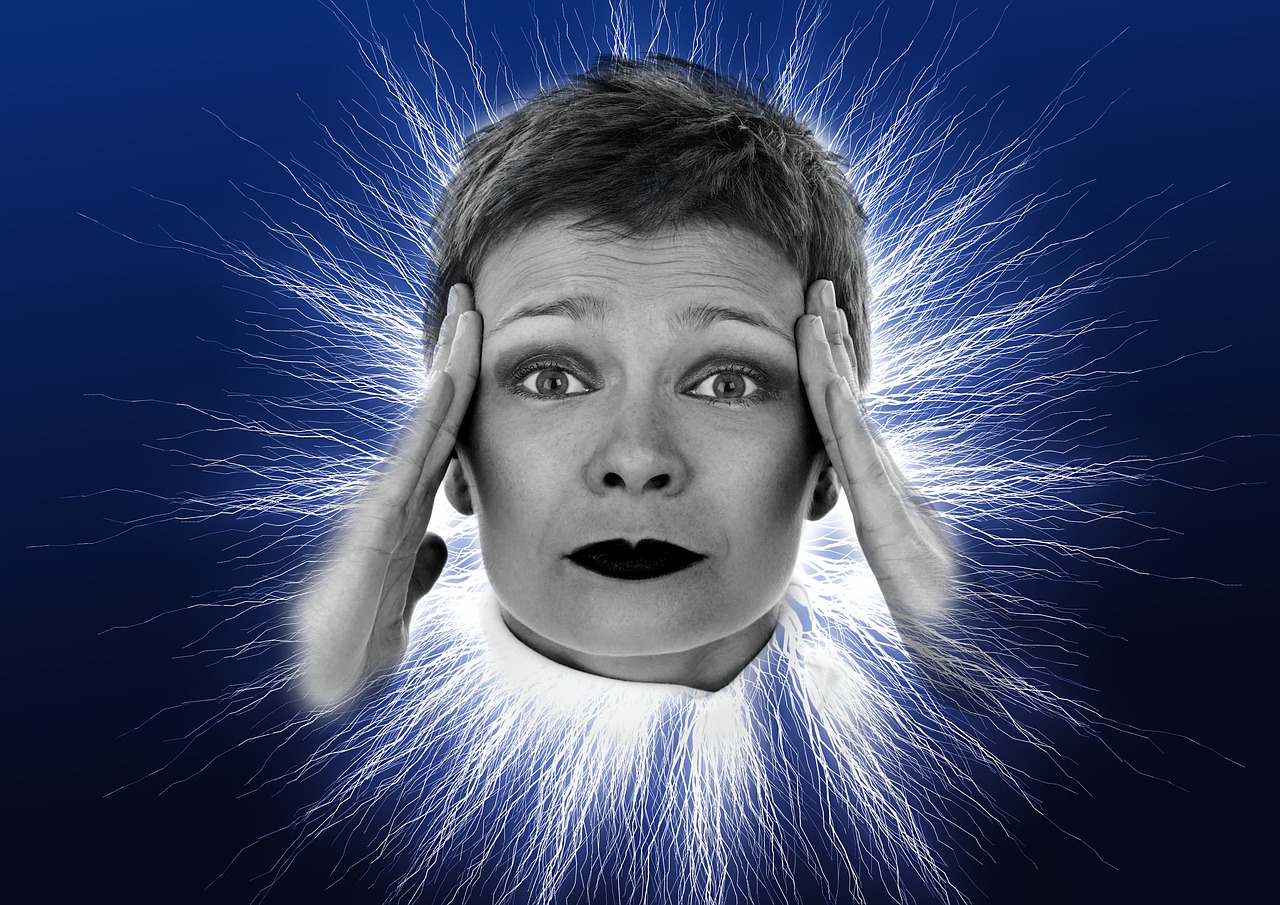The term Glioblastoma refers to a cancerous brain tumor that develops from particular brain cells named astrocytes. Due to its aggressive nature and difficulty to remove, it is considered as one of the dangerous forms of cancer. They spread to the surrounding brain tissues very easily. Imaging tests and biopsies are done to diagnose this disease. Unfortunately, medical science has failed to discover any cure for this disease. Treatments are targeted to slow down the growth of the tumor and to improve the quality of life of the affected person.
Facts about Glioblastoma
- Glioblastoma, also known as glioblastoma multiforme, is an aggressive form of brain cancer
- It sometimes contains various cell types including dead and decaying cells
- The grade IV Glioblastoma is extremely powerful and reproduces rapidly. They gradually form their own new blood vessels which is the main reason behind their rapid growth
- Glioblastomas are infiltrative and invade other cells in the brain.
- Although they appear commonly in the cerebral hemispheres in the brain, they may also occur anywhere in this organ. In rarest of rare cases glioblastomas spread outside the brain.
Types of this cancer
Glioblastoma can be of two types – primary and secondary
Primary glioblastoma
This is the most common type of glioblastoma that begins as a grade IV tumor without showing any signs of grade I–III tumors in the area.
A study initiated in 2015 revealed that glioblastoma multiforme (GBM) accounts for more than half of all primary malignant gliomas. Gliomas are tumors that begin in the glial cells.
De novo tumors are usually more aggressive than others and mainly affect older people.
Secondary glioblastoma
Secondary glioblastomas are tumors that start developing from lower grade tumors. These tumors may change with time and become more aggressive as they progress.
Causes and risk factors
Doctors have not found out any specific cause of this disease but they do have discussed about the risk factors associated with it. Though it is still difficult to point out risk factors, there has been a correlation between prolonged exposure of head or neck to radiation and glioblastoma in some cases. Medical experts have also linked some hereditary conditions such as neurofibromatosis type 1, Li-Fraumeni syndrome, and Turcot syndrome with an increased risk of this disease.
Although anyone can be affected with this, it is more common in males than others.
The average age for a glioblastoma diagnosis is 64 years.
Symptoms
As mentioned above, Glioblastomas are aggressive kind of cancer and they start showing symptoms very quickly as the tumor grows and causes brain swelling.
Symptoms of this disease include the following
- vomiting
- nausea
- weakness
- severe headaches
- seizures
- difficulty speaking
- fatigue
- vision problems, like blurred vision
- memory issues
- trouble balancing
- changes in personality
- trouble thinking
Glioblastoma Diagnosis
Several tools are used to detect the deadly disease. These methods include
- imaging tests
- a neurological exam
- molecular testing and
- a biopsy
Glioblastoma Treatment
Treating Brain cancer can be extremely challenging for doctors, especially due to the body’s blood brain barrier which is a membrane that separates blood from the brain. This barrier plays the role of a security system that restricts infectious germs and other harmful compounds in the blood from getting into the brain.
The bitter truth is that there is no cure for glioblastoma, doctors can only slow down the growth of the tumor with targeted treatment to improve patients’ quality of life. These treatments include the following
- Surgery
- chemotherapy
- radiation
- electric field therapy
- Laser interstitial thermal therapy
Survival rate
When it comes to survival rate, Glioblastoma has a poor outlook as it cannot be fully cured. The American Brain Tumor Association reported that based on the nature of the tumor and mutation the median survival for adults with glioblastoma is between 11 and 31 months.










